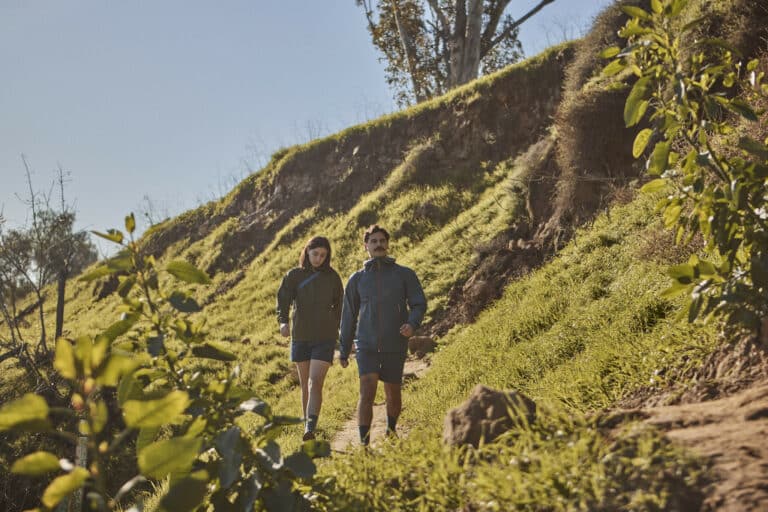Getting a bike fit is a great way to improve your ride, but have you ever considered that maybe you should fix your body first?
If you’ve been told that one leg is longer, one hip is higher, or one shoulder is dropped, it might be better to rehab the muscles, and THEN get fitted to the new bike. Otherwise the bike is adapted to your injuries, which are then perpetuated, rather than repaired. Additionally, biking itself causes its own imbalances, shortening the muscles that are used the most – like the muscles that flex the hips and the chest muscles that remain in a shortened position in reaching for the bars. All of this creates the potential for chronic injury and chronic pain.
Options for maintaining a balanced and injury-free body are cross-training, yoga, massage, Rolfing, chiropractic, and probably the best of all, physical therapy.
Physical therapists have extremely specific knowledge of muscles, muscle groups, and which stretches and exercises will best rehabilitate an issue. Even just a consult with a physical therapist will send you to the gym with a new set of exercises that will benefit you on a lifelong exercise mission to stave away injuries, plateaus, and slower race times. That knowledge can be brought to a physical trainer as well, who can come up with the most creative ways to keep you strong.
Chiropractic care can boost the skeletal system into alignment, which will then require the muscles to relearn their new position. This can take time, but the initial benefits are immediately recognized. If you aren’t up for months of weekly treatments, then include massage therapy, which will help coerce the muscles quicker into realizing, and maintaining, their new job. Plus, the x-rays chiropractors use are a great tool that help you better understand what’s happening in your body on a structural level.
Slight, nagging injuries in athletes are sometimes difficult to pinpoint because the athlete is so in-tune with their body that the slightest differences are noticed. A more catastrophic injury, like a separated shoulder, or a torn ligament, is easily discernible by physical exam, x-ray or MRI. The slighter injuries are ones that require a magnifying glass.
Rolfing is a structural realignment of the skeletal system as well as the muscle and fascia – the network of fibers between the muscles and skins. It affects tendons, ligaments and bones. It can be intrusive, and difficult to breathe through, but if you can handle it, and have the finances to do the whole series of treatments to treat the entire body, it is well worth it.
Yoga is a simple way to maintain flexibility in areas that are constantly in heavy demand. A general yoga class is great, but a private analysis and class with an instructor will help you find the specific muscles that are hampered. Through stretching and the holding of poses, you will find areas in your body that you had no idea were supporting your bad habits.
Cross-training is difficult for some cyclists who want to spend as much time as possible in the saddle. Just keep in mind that you can choose something really fun that will strengthen muscles that you tend to ignore because you hate pull-ups and sit-ups. Cross Fit is the newest rage, but other options that will send you home giggling after a workout are trapeze or gymnastics.
Be creative, and remember that life can be fun even when you’re NOT on your bike!







